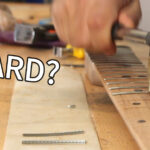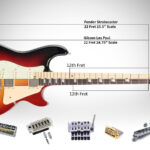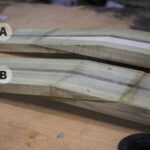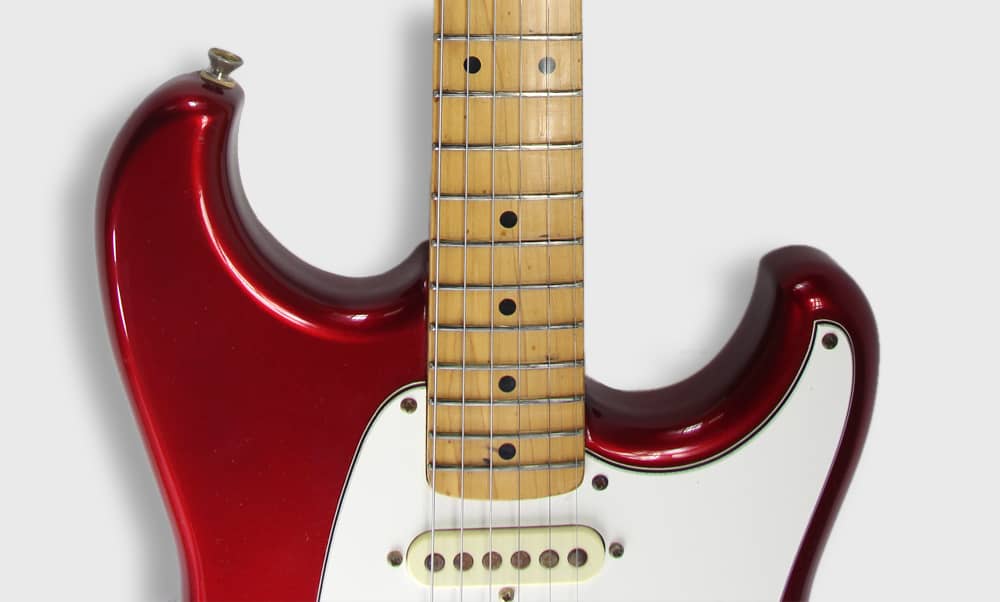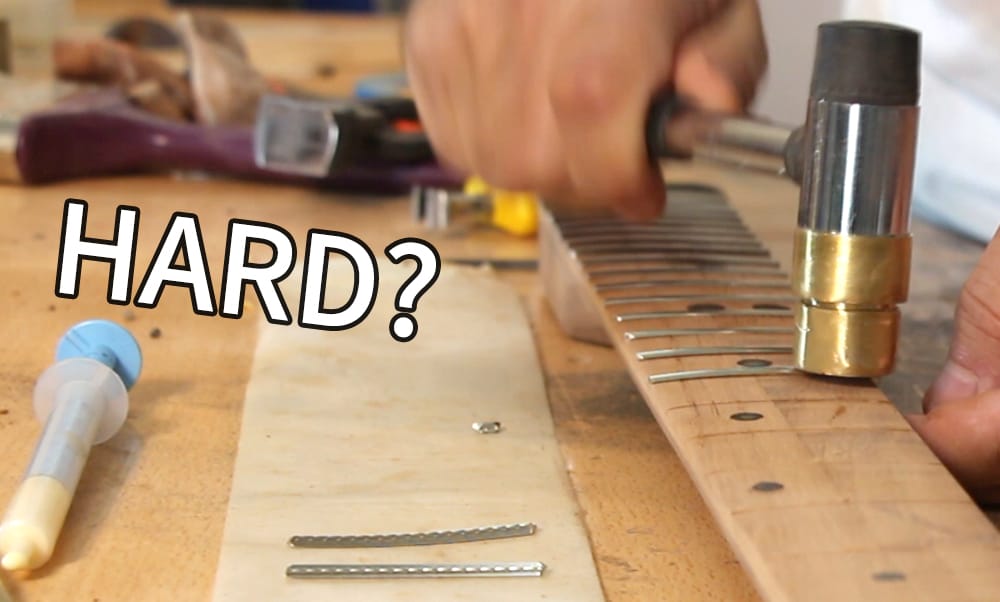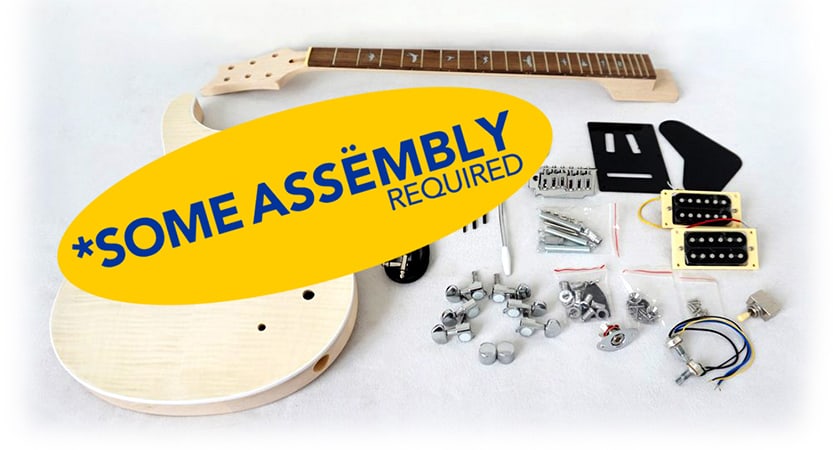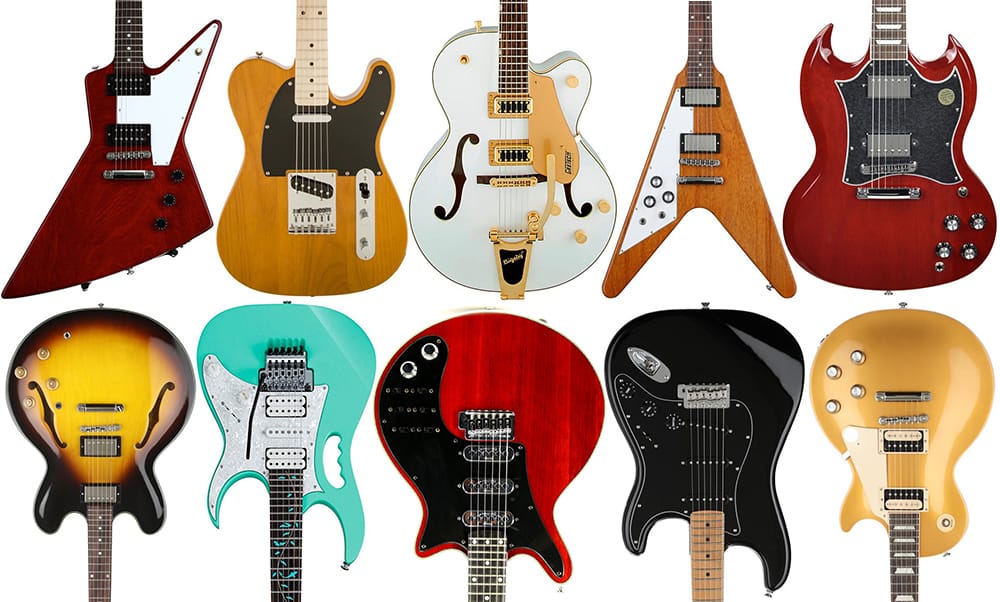For centuries music stringed instruments have played a fascinating role in the world, bringing incredible tunes and uplifting moods. Spanish acoustic guitars have been popular since the beginning of the 19th century and the classical shape dominated guitars until the emergence of the electric guitar in the middle of the 20th century. With the new sound came new styles of playing the guitar and those techniques required better access to the high notes and different shapes started emerging for the guitar body, some of them with Cutaways.
So, What Are Guitar Cutaways and What Are They For?
A cutaway on the guitar refers to a concave cut at the upper turn of the body of the guitar just side by side to the neck of the guitar. Such cutaways are created to grant ease of access to the higher frets or notes. Cutaways are carved into electric guitars and acoustic guitars however; electric cutaway guitars are more popular.
Now the fun thing about such cutaways is the fact that It produces higher and brighter sounds and the sound of the treble is just top notch. In line with that, if you are a sucker for good music you know treble and higher notes have a way of adding that extra kick to the dance steps of people globally. To get the ball rolling, in this write up we would be discussing everything you should know about cutaway guitars and we would also be answering additional questions related to it. Ready? let’s begin.
The Pros and Cons of Cutaways.
If you pay close attention to the entertainment industry, you would notice that a good number of performers have made cutaway guitars their buddies on stage. Such a prominent display of affection might make full body acoustics and electric guitars seem out of fashion. However, make no mistake about it, these guitars without cutaways still have their loads of lovers. The fact is cutaways has advantages and some disadvantages as well and what they lack is made up for in guitars without a cutaway. Let’s go on to explore the strengths and weaknesses of cutaways.
Pros:
As a guitarist, if your playing technique requires so much of finger work at the ‘higher’ part of the guitar neck which is adjacent to the body, then a cutaway guitar is sure to do you right by giving you access to some extra frets. This is simply perfect if you love to hit those high notes. However, if you have no need for extra frets or if you restrict your playing to the tenth fret and below then you really don’t need a cutaway guitar.
Furthermore, asides from the brighter sounds of these guitars, there is the advantage of better treble that it produces. Having established that let’s look at the cons.
Cons:
Cutaway guitars might have great treble but their bass sound
is not exactly the best. In simpler terms they have poor bass, the sound is not
as full as full-bodied guitars plus they are also lacking in an overall
balanced volume. This claim may be more evident in acoustic guitars where the
shape has a more dominant role in the actual (un-amplified) sound. In electric
guitars only individuals with very acute or absolute hearing may be able to
spot the difference resulting from the Cutaway.
So, as a musician, choosing a cutaway guitar may be slightly
affected from that little difference but chances are practicality and design
will play a much bigger role in the decision. Practically speaking, there are no cons. Now
let’s go on to look at the various types of cutaways.
Types of Cutaways
While cutaways are a thing of both acoustic and electric guitars, for the sake of this write-up, we would be focusing on electric guitar cutaways. Electric guitars for one refers to guitars that make use of single or multiple pickups to transform each string’s vibration into electrical signals. It is more solid in buildup than acoustic guitars although both produce such incredible sounds. That said, let’s get on with the various types of electric guitars cutaways.
Single and Double Cutaways.
Cutaways are broadly divided into two which are single cutaways and double cutaways. From her on, when we talk about a single cutaway, we are referring to guitars that have a cut on just a side. Some of such guitars are the classic Gibson Les Paul guitars and the Fender Telecaster. Since this type of cutaway has more wood and a good connection between the guitar neck and body, it is likely to last longer. What’s more, single cuts would have a slightly thicker and fuller sound because of the wood and the mass. This of course applies to full body guitars and not the hollow ones. When speaking of the sound we also have other factors to count for such as weight, the type of wood and let’s not forget the neck.
Double cutaways, on the other hand, refers to guitars which have a concave cut on both sides such as the Fender Stratocaster, the Gibson ES-335, The Gibson SG and most new Ibanez. Even the classic single cutaways have their versions like the Telecaster Thin line double cut and the Les Paul DC. These double cutaways guarantee ease of access to the upper frets.
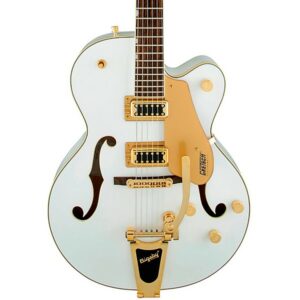
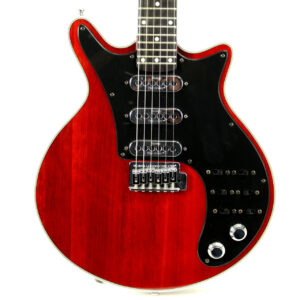
The evolution of cutaways
With the introduction of electric guitars the new sound demanded a new way of playing, and the trailblazers of the new instrument brought the need to utilize the neck and the higher notes in particular.
Although a few models with a Cutaway were introduced before, most notably the Gibson ES-175, the first mass-produced Cutaway guitar was the Telecaster in 1950. A couple of years later came the Gibson Les-Paul with its Single Cutaway.
Two years later in 1954, came another guitar that revolutionized the industry. Breaking from many conventions, rounding out the edges and having a ‘belly cut’ in the back of the body, the Stratocaster introduced the Double Cutaway for even more comfortable access to the very high notes. In 1958 Gibson followed with the ES335T which was a semi-hollow-body which became famous with artists such as Chuck Berry and B.B King. In 1961 Gibson followed with the Gibson SG (stands for Solid guitar) and its variation on the Double Cutaways. Notable when talking about cutaways are the Gibson Explorer and the Gibson Flying V. The futuristic design enabled unparallel access to the high notes but although they were both introduced in 1958, their popularity really caught on only in the 70’s.
As far as mass-produced guitars these were the basic shapes which were copied, replicated and sometimes improved upon by many other smaller manufacturers.
Ibanez which was known for making good quality Fender replicas for a better price broke the mold and started creating a new generation of guitar that catered to and were endorsed by a new generation of shredders. One can say the design is derived from the Stratocaster, but aside from the Double Cutaway, there is little which is similar.
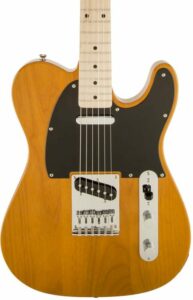
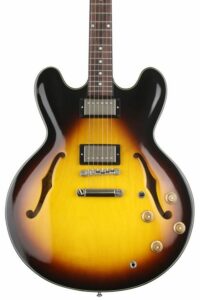
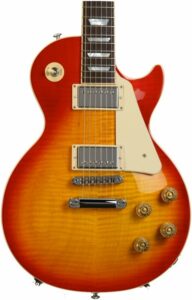
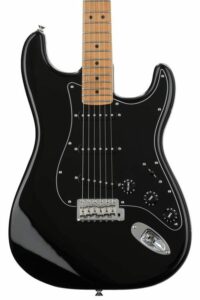
Notable when talking about cutaways are the Gibson Explorer and the Gibson Flying V. The futuristic design enabled unparallel access to the high notes but although they were both introduced in 1958, their popularity really caught on only in the 70’s.
As far as mass-produced guitars these were the basic shapes which were copied, replicated and sometimes improved upon by many other smaller manufacturers.
Ibanez which was known for making good quality Fender replicas for a better price broke the mold and started creating a new generation of guitar that catered to and were endorsed by a new generation of shredders. One can say the design is derived from the Stratocaster, but aside from the Double Cutaway, there is little which is similar.
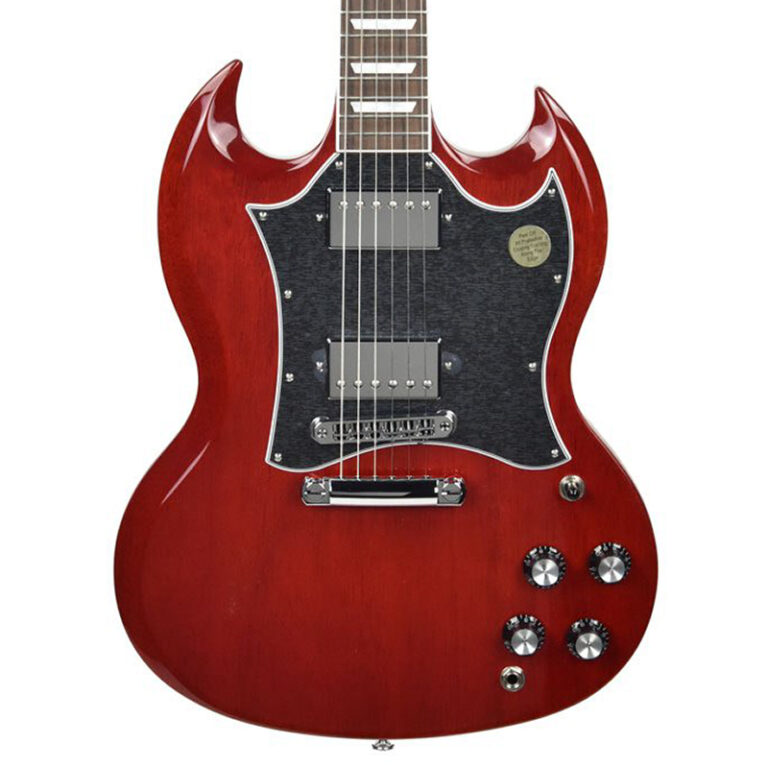
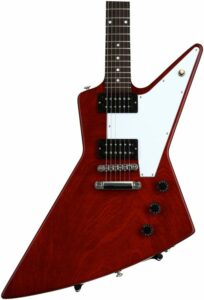
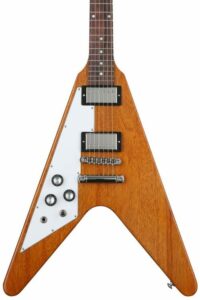
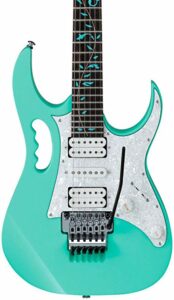
Conclusion
As we see, cutaways started to appear in the 40’s and have quickly become a standard. Most electric guitars have some variation of Cutaways for the practical reason of better access to the higher frets. It gets even more critical if you opt for a 24-fret guitar. For most guitarists, the question of which guitar to use is determined by many factors such as comfort, sound, personal preference, and even fashion. The number of cutaways and their shape is just another little factor to consider.
Other Related Questions:
1) What Are the
Typical Body Shapes For Electric Guitars?
The most dominant shapes for electric guitars are still based on those classic 60’s guitars with Stratocaster probably leading the pack (whether made by Fender or not), and right after it the Gibson/ Epiphone Les Paul, the Telecaster and models with similar shape as the Gibson 335/ Dot. The (not so new anymore) Ibanez shape is also growing in popularity.
2) Are There
Electric Guitars with No Cutaway?
The answer to this is a resounding yes. There are guitars with no cutaways. However, these guitars don’t grant effortless access to higher frets. While this disadvantage may turn off some guitarists and music lovers, there is a pro to such guitars and it is the fullness of their sound and the balance of treble and bass.

